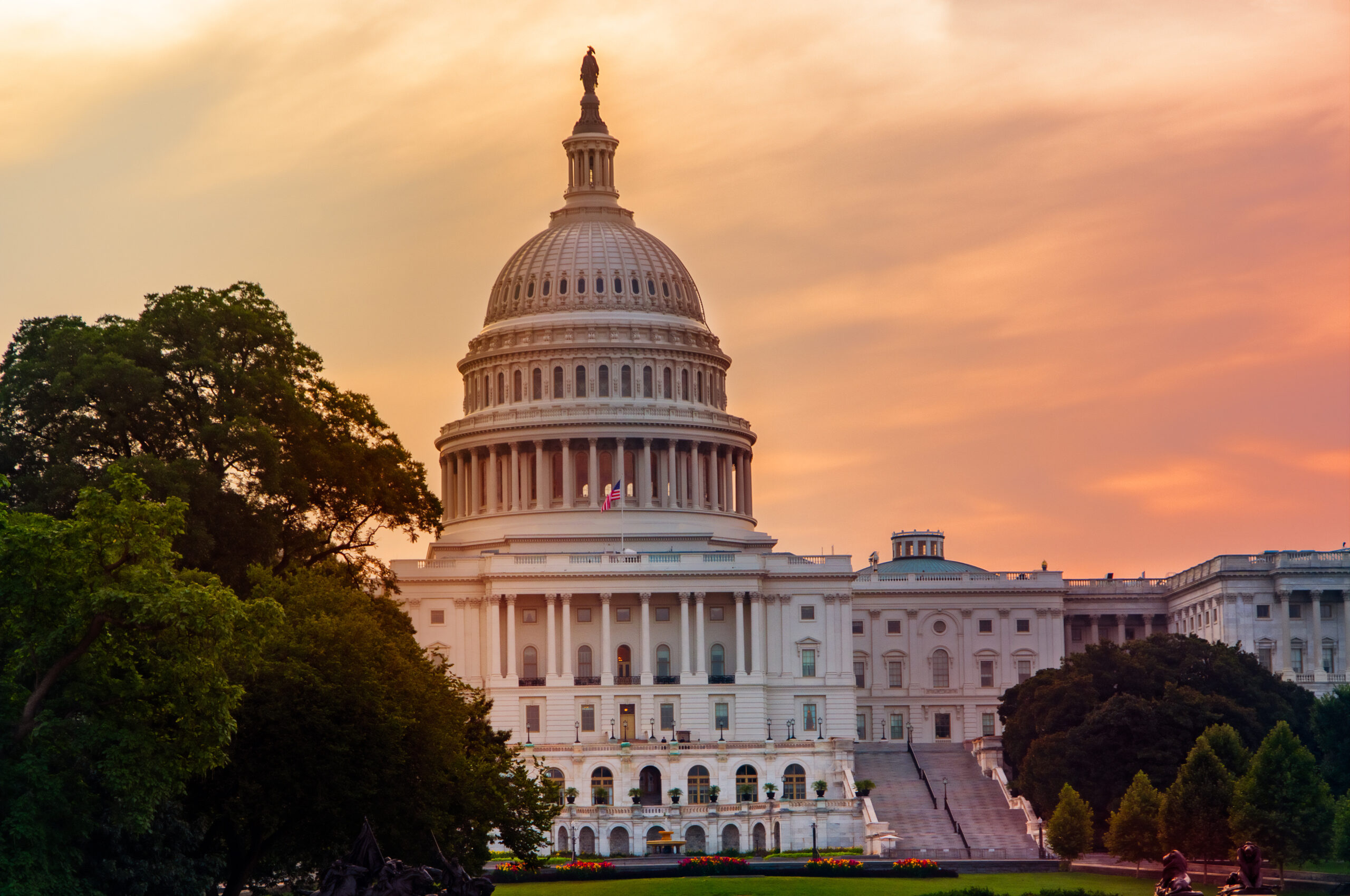Senate Moves to Strip California of Authority Over Truck and Car Emissions Standards

The U.S. Senate has passed two joint resolutions that overturn waivers previously granted to the California Air Resources Board (CARB) under the Clean Air Act. These waivers allowed California to enforce more stringent emissions standards for both trucks and passenger vehicles – standards that many other states had also adopted. The Senate’s action follows House approval of the measures on April 30.
The resolutions now head to President Trump, who is expected to sign them. Both he and the Environmental Protection Agency (EPA) Administrator Lee Zeldin have publicly committed to rolling back California’s environmental regulations.
The two CARB regulations targeted by the resolutions are:
- Advanced Clean Trucks Rule: Requires manufacturers to increase sales of zero-emission trucks.
- Clean Cars II: Mandates that all new light-duty vehicles sold in California be zero-emission by 2035.
California Plans to Sue
California officials contend that the vote is unconstitutional due to the expedited use of the Congressional Review Act and warn that revoking the waivers could endanger public health. Attorney General Rob Bonta has announced plans to file a lawsuit, pledging to defend California’s long-standing authority under the Clean Air Act to establish its own clean-air standards.
Implications for TIA Members
- The resolutions, if enacted, would revoke California’s authority to implement its own vehicle emissions standards.
- Other states that currently follow California’s stricter standards may no longer be able to do so.
- Legal challenges are likely, as the move employed a procedural workaround under the Congressional Review Act.
Critics of California’s emissions mandates argue that the standards are unrealistic, citing technological and consumer readiness concerns. Supporters, including California officials, contend that the federal override undermines both environmental progress and state rights.
TIA will continue to monitor this issue closely, as it marks a significant political and regulatory shift that could impact both federal and state approaches to emissions policy.

